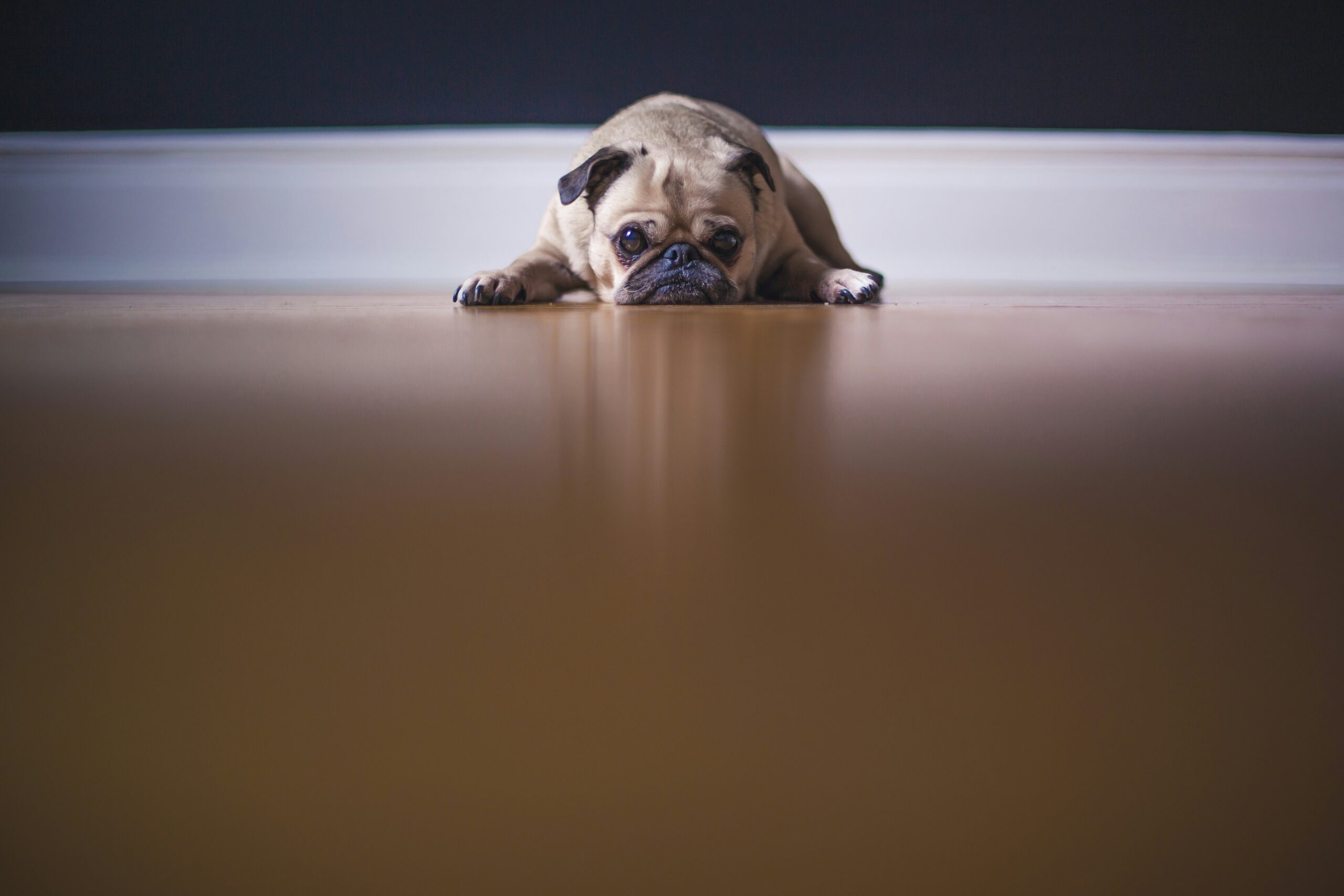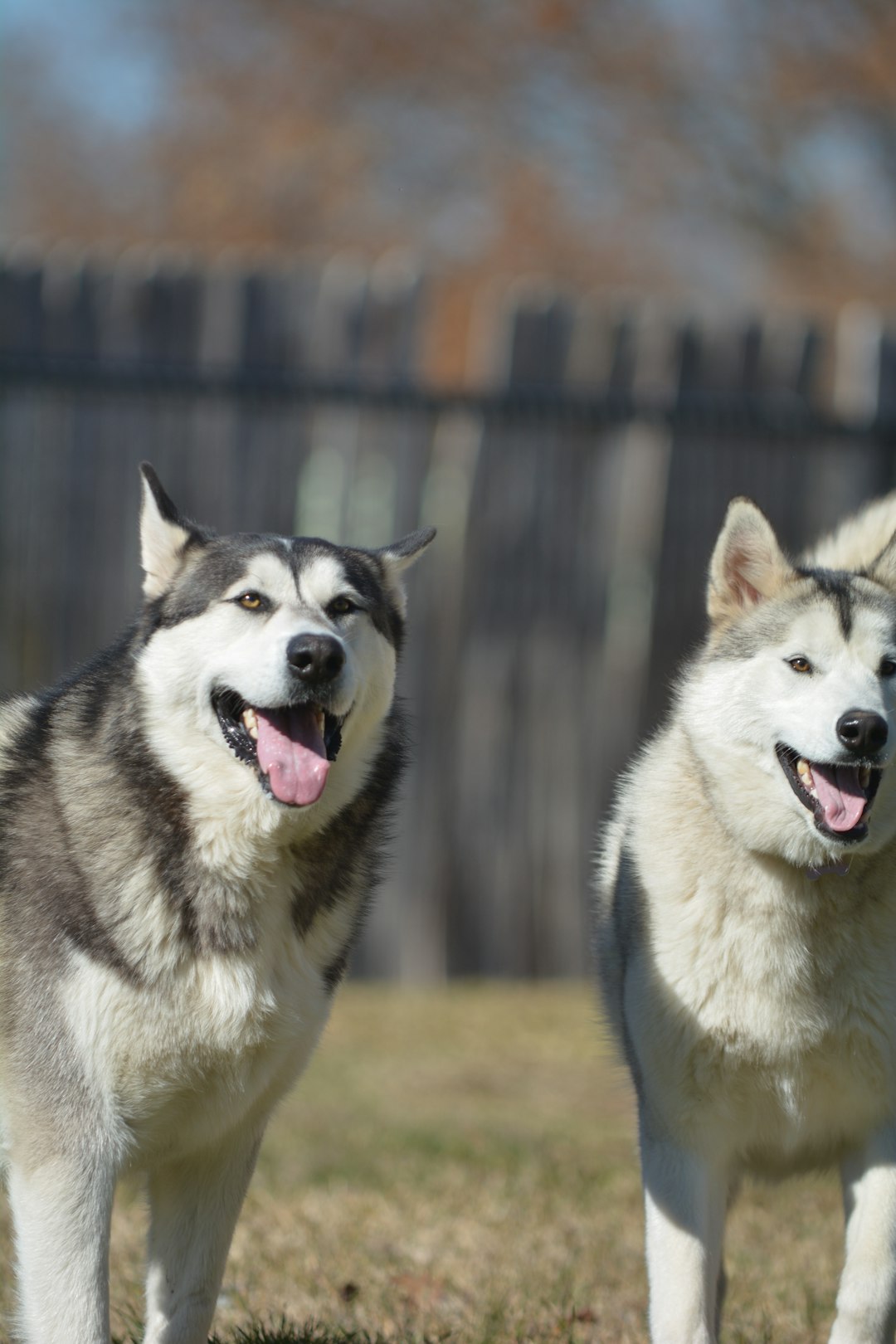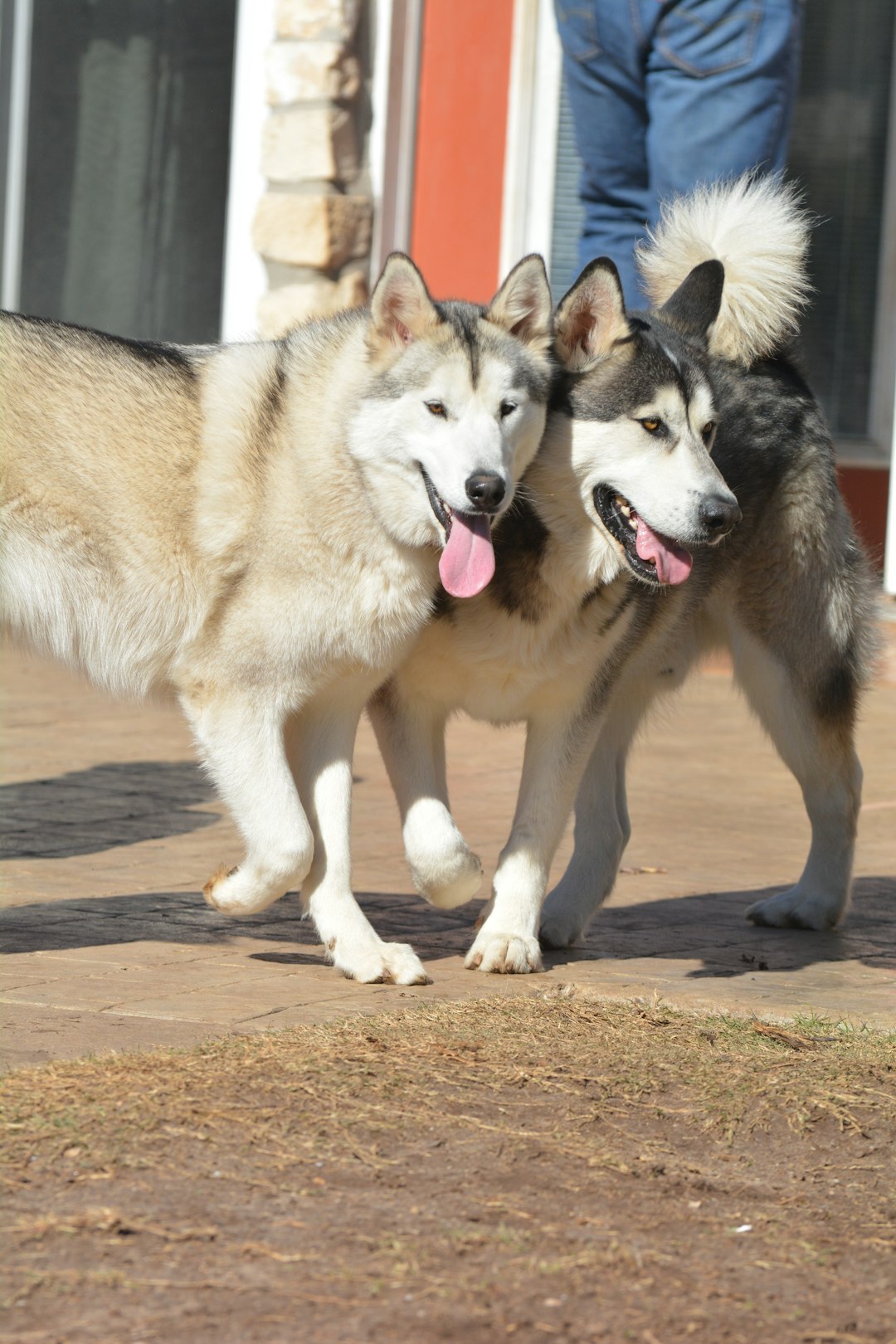Dog grooming plays a crucial role in maintaining your pet’s hygiene and overall health. By regularly grooming your dog, you not only prevent matting and skin issues but also promote better bonding and companionship. Additionally, grooming helps you stay on top of your dog’s health by identifying any potential problems early on. If you’re looking to keep your furry friend clean and happy, following essential tips for dog grooming is non-negotiable. In this guide, we will unveil the best practices that every dog owner should know.
Understanding the Importance of Dog Grooming
Dog grooming goes beyond mere aesthetics; it plays a crucial role in your pet’s overall health and happiness. Regular grooming helps to:
- Maintain Hygiene: Removing dirt, debris, and parasites helps keep your dog healthy.
- Prevent Matting: Regular brushing prevents tangles and mats that can cause discomfort and skin issues.
- Enhance Bonding: Grooming provides a perfect opportunity to spend quality time with your furry friend, strengthening your bond.
- Spot Health Issues Early: During grooming, you can observe your dog for signs of skin irritations, lumps, or other health concerns.
Overall, dog grooming not only keeps your pet looking great but also contributes to their well-being. Schedule regular grooming sessions to ensure your dog remains clean and healthy. Remember, a clean dog is a happy dog!
Essential Grooming Tools You Will Need
To perform effective dog grooming, you need the right tools. Having quality equipment not only simplifies the process but also enhances your dog’s comfort. Below is a list of essential grooming tools every pet owner should have:
- Dog Brushes
- Slicker Brushes: Perfect for removing tangles and mats.
- Bristle Brushes: Ideal for short-haired breeds to distribute natural oils.
- Combs
- Wide-Toothed Combs: Great for detangling.
- Narrow-Toothed Combs: Useful for finishing touches and detailed work.
- Clippers and Scissors
- Pet Clippers: Ensure the right blade size for your dog’s coat type.
- Hair Scissors: Handy for trimming any extra fluff or fine detailing.
- Nail Clippers
- Scissor-type or Guillotine-type: Choose one based on your comfort level.
- Dog Shampoo and Conditioner
- Select formulas specifically designed for dog grooming to avoid skin irritations.
- Ear Cleaning Solution
- Keeps your dog’s ears free of wax and dirt.
- Towels
- Essential for drying your pup post-bath.
By investing in these tools, you’ll set the stage for successful dog grooming and a happy, healthy pet!
How to Brush Your Dog Properly
Proper brushing is a cornerstone of effective dog grooming. It removes dirt, prevents matting, and promotes healthy skin. Here’s how to do it right:
Steps to Brush Your Dog:
- Choose the Right Brush:
- Slicker Brush: Ideal for long-haired breeds.
- Pin Brush: Great for fluffy coats.
- Bristle Brush: Best for short-haired breeds.
- Prepare Your Dog:
- Start in a calm environment.
- Use treats to create positive associations.
- Brush in Sections:
- Start with the Coat: Begin at the back, moving towards the front.
- Lift the Fur: Brush against the grain to remove knots.
- Follow the Lay of the Coat: Always finish in the natural direction of hair growth.
- Check for Tangles:
- Gently work through any knots with your fingers before brushing to avoid pulling.
- Make it Routine:
- Regular brushing is vital; aim for at least once a week.
Remember, effective dog grooming enhances your dog’s overall health and happiness! By following these steps, you create a grooming ritual that both you and your dog will enjoy.
Bathing Your Dog: Techniques and Tips
Bathing your dog is an essential part of dog grooming that not only keeps them clean but also contributes to their overall health. Follow these effective techniques and tips to make bath time a breeze:
- Choose the Right Shampoo: Opt for a pet-specific shampoo that suits your dog’s skin type. Avoid human shampoos as they can cause irritation.
- Prepare the Area: Use a bathtub, shower, or even a hose outside. Lay down a non-slip mat to keep your dog secure.
- Water Temperature: Ensure the water is lukewarm – too hot or too cold can shock your dog.
- Wet Thoroughly: Start by wetting your dog from the neck down. Avoid the head initially to prevent water in their ears and eyes.
- Lather and Rinse: Apply the shampoo, lather well, and make sure to rinse thoroughly to avoid residue, which can irritate the skin.
- Drying: Use towels to dry your dog or a pet-safe hairdryer on a low setting.
By mastering these tips, you’ll enhance your dog grooming routine and keep your pet looking and feeling its best!
Nail Trimming: A Step-by-Step Guide
Nail trimming is a crucial aspect of dog grooming that often gets neglected. Maintaining your dog’s nails helps prevent painful injuries and ensures their comfort. Follow this step-by-step guide to make nail trimming a breeze:
- Gather Your Tools:
- Nail clippers or grinders
- Styptic powder (for any accidental cuts)
- Treats to reward your pup
- Get Your Dog Comfortable:
- Find a quiet space.
- Allow your dog to acclimate by touching their paws gently.
- Identify the Quick:
- Observe the nail structure; the quick is the pink area within the nail.
- Avoid cutting this part to prevent bleeding.
- Trim Carefully:
- For clippers, cut just below the quick; if using a grinder, gently file the nails down.
- Reward Your Dog:
- Praise and treat your dog after each nail to create a positive association with nail trimming.
Regular nail maintenance through dog grooming keeps your furry friend happy and healthy. Don’t postpone this essential grooming task!
Ear Cleaning: Maintaining Good Ear Health
Maintaining your dog’s ear health is crucial, and it’s a key aspect of dog grooming. Regular checks and cleaning prevent infections and discomfort. Here’s how to keep those ears pristine:
Steps for Effective Ear Cleaning:
- Gather Supplies:
- Dog-friendly ear cleanser: Choose a solution recommended by your vet.
- Cotton balls or gauze: Use these to wipe away debris.
- Towel: To clean any excess solution.
- Prepare Your Dog:
- Find a calm environment.
- Ensure your dog is relaxed, possibly using treats for reassurance.
- Cleaning Procedure:
- Apply the cleanser: Gently squeeze a few drops into the ear canal.
- Massage the base of the ear: Let the solution loosen debris.
- Wipe with cotton: Remove any dirt without pushing further into the ear.
Remember:
- Frequency: Check ears weekly and clean as needed.
- Signs of Trouble: If you notice redness, odor, or excessive wax, consult your vet.
Prioritizing ear cleaning as part of your dog grooming routine ensures your furry friend stays healthy and comfortable!
Dealing with Shedding: Best Practices
Shedding is a natural process for dogs, but it can become a nuisance without proper management. Effective dog grooming techniques can drastically reduce the amount of fur in your home. Here are some essential tips to handle shedding:
- Frequent Brushing: Regular brushing minimizes loose hair. Use a slicker brush or undercoat rake, depending on your dog’s breed.
- Bathing: Bathe your dog every 4-6 weeks with a quality shampoo suited for their coat type. This will help control shedding and maintain skin health.
- Nutrition: Ensure your dog has a balanced diet rich in omega fatty acids. Healthy skin means less shedding!
- Hydration: Always provide fresh water. Hydrated skin is less likely to flake and shed.
- Check for Allergies: Unexplained shedding may signal allergies. Consider consulting a vet for advice.
Shedding Management Comparison Table
| Method | Frequency | Effectiveness |
|---|---|---|
| Brushing | 2-3 times/week | High |
| Bathing | Every 4-6 weeks | Medium |
| Nutritional Supplements | Daily | High |
By embracing these dog grooming practices, you can significantly reduce shedding and enjoy a cleaner home environment.
Dealing with Shedding: Best Practices
Dog grooming is essential not only for your pet’s appearance but also for managing shedding. Excessive fur around your home can be frustrating, but with the right practices, you can minimize this issue effectively. Here’s how to tackle shedding:
- Brush Regularly: Aim for at least 2-3 times a week. The right brush type depends on your dog’s coat:
- Short-haired breeds: Use a bristle brush
- Long-haired breeds: Opt for a slicker brush
- Bath Your Dog: Regular baths, ideally once a month, can help loosen dead fur. Use a gentle, dog-specific shampoo to maintain a healthy coat.
- Quality Diet: A nutritious diet promotes skin health and reduces shedding. Look for high-quality dog food rich in Omega-3 fatty acids.
Shedding Comparison Table:
| Dog Breed | Shedding Frequency | Ideal Grooming Tools |
|---|---|---|
| Labrador Retriever | High | Bristle brush, de-shedding tool |
| Poodle | Low to Moderate | Slicker brush, grooming comb |
| Beagle | Moderate | Bristle brush |
By staying consistent with these dog grooming practices, you’ll notice less shedding, cleaner spaces, and a happier dog!
Grooming Specific Breeds: Tailoring Your Approach
When it comes to dog grooming, one size does not fit all. Different breeds have unique needs, making it essential to tailor your grooming approach accordingly. Here’s how to effectively groom various breeds:
- Long-haired Breeds (e.g., Afghan Hound, Yorkshire Terrier)
- Frequency: Daily brushing to prevent tangles and matting.
- Tools: Slicker brush, comb, and detangling spray.
- Short-haired Breeds (e.g., Beagle, Boxer)
- Frequency: Weekly brushing.
- Tools: Rubber grooming mitt or short-bristled brush.
- Double-coated Breeds (e.g., Labrador Retriever, German Shepherd)
- Frequency: Brush every few days to manage shedding.
- Tools: Undercoat rake and shedding blade for effective removal.
- Wire-haired Breeds (e.g., Airedale Terrier)
- Frequency: Every 4-6 weeks for hand stripping.
- Tools: Combination of hand-stripping tools and brushes.
Adapting your dog grooming routine to your pet’s specific breed not only enhances their appearance but also contributes to their overall health and comfort. Regular grooming tailored to breed type helps prevent discomfort and skin issues, ensuring your dog enjoys the grooming process.
Scheduling Regular Grooming Sessions
Consistent dog grooming is vital for your pet’s health and wellbeing. By scheduling regular grooming sessions, you not only ensure cleanliness but also enhance your dog’s comfort and happiness. Here’s why and how you should establish a grooming routine:
- Frequency Matters: Different breeds require distinct grooming frequencies. For instance, long-haired breeds may need grooming every 4-6 weeks, while short-haired breeds might only require it every 6-8 weeks.
- Seasonal Adjustments: Consider the time of year. During shedding season, increase grooming sessions to manage loose fur. Frequent grooming during this time can also help control allergens in your home.
- Signs Your Dog Needs Grooming: Look for these signals:
- Excessive shedding
- Tangled fur
- Dirty ears or paws
- Unpleasant odors
To effectively maintain your dog’s coat and overall hygiene, schedule grooming sessions in sync with your pet’s needs. This proactive approach not only keeps your furry friend looking great but also strengthens the bond between you through regular care rituals. Don’t neglect the importance of dog grooming; a well-groomed dog is a happy dog!



